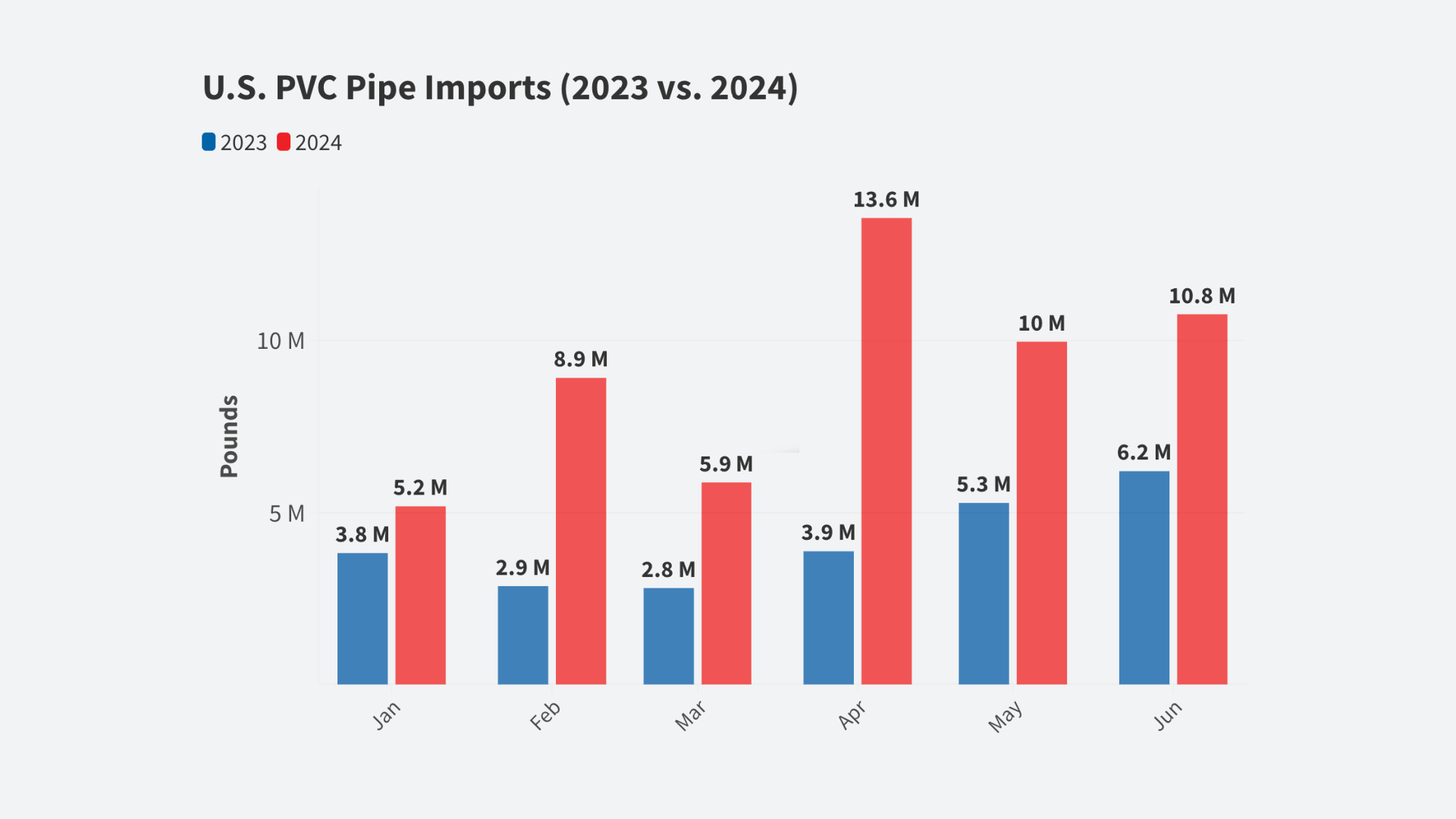After the year 2000, US manufacturing employment experienced a rapid, unprecedented decline with the loss of some six million manufacturing jobs. Many commentators have described this as a normal, even healthy evolution, with workers allegedly moving into “jobs of the future” in the service sector.
After the year 2000, US manufacturing employment experienced a rapid, unprecedented decline with the loss of some six million manufacturing jobs. Many commentators have described this as a normal, even healthy evolution, with workers allegedly moving into “jobs of the future” in the service sector.
By Jeff Ferry, CPA Chief Economist
A new analysis from the Coalition for a Prosperous America examined US government data on wages and hours by sector to determine if those who lost manufacturing jobs are doing better or worse than before. The data confirms that there is a large and ongoing shift of US workers into service sectors, with a concentration in particular sectors such as Health Care and Leisure & Hospitality. However these growth sectors offer worse hourly wages and hours per week than the manufacturing sector. The net effect of the sectoral shifts in employment between 2000 and 2018 was that the average worker who left manufacturing after 2000 was by 2018 19 percent worse off than he would have been had he or she remained in manufacturing, From the point of view of the workforce at least, the decline of manufacturing was a negative development.














